If you’re planning on purchasing a Tesla please use my referral code! It gets each of us 1000 miles of free supercharging.
At long last, it’s time for my official Andy’s Travel Blog review of my Tesla Model 3. I wanted to wait until I had driven it enough to give a full, relatively objective review based on long-term ownership and many miles of driving.
Here’s the short version: it’s the best car I’ve ever owned.
Here’s the longer version.
The Tesla Model 3 Purchasing Experience in Texas
[quick aside from the author: I used to sell cars for a living, so I was absolutely fascinated by the Tesla purchasing experience and wanted to make it as different from the typical dealership as possible]
So how did I order my Tesla? One evening in early November 2019, I needed to run to a CVS Pharmacy to meet a guy to sell my DJI Phantom 4 Pro drone. I sat in the parking lot waiting for him and decided it was time to order my Tesla. I pulled out my phone, went to Tesla.com, and ordered it.
That was it. It was really uneventful.
Now, a reminder, I live in Texas, the state where Everything Is Bigger. Unfortunately, this includes Dealership Franchise Laws. Even though Tesla is building an enormous new GigaFactory outside of Austin, Texas, the car dealer lobby is still very powerful in the Lone Star State. This means that OEMs (original equipment manufacturers, e.g. Tesla, Chevrolet, etc.) cannot sell vehicles directly to consumers, they must go through a dealership. This causes problems because Tesla do not have any dealerships, they only sell directly to the customer.
Now, does this mean that you have to go out of state to purchase a Tesla? Nope, it just means the paperwork takes a circuitous route. When it came to paying for the Tesla I communicated via email with a finance person in Las Vegas. This passed muster for the state of Texas, so once my vehicle was ready I was still able to pick it up at the Tesla Service Centre in Dallas.
The only thing I’ll say about the purchasing experience is that you need to be patient. You’re not really ordering a custom-made Tesla specifically for you, you’re simply putting your hand up for the next matching vehicle that Tesla makes. You’ll be all excited when you order it but then you’ll just have to wait, and it will get frustrating to not have many updates. Tesla tried to out-technology the typical car purchasing process, and they did a good job of it, but sometimes this makes customers feel like they don’t have anyone to contact with questions about their order. I ended up speaking with 5 different people in the month it took from order to delivery, which was as impressive as it was frustrating. Order estimates are 8-12 weeks at the moment, due to the global chip shortage, so be prepared for the wait.
The Model 3 I Ordered
Tesla do not have the multitude of options that other vehicle manufacturers offer. It really boils down to trim level, color, wheels, and whether or not you want Full Self Driving.
The Model 3 I ended up with actually no longer exists. I like driving fast but did not want the Performance model, since I did not really care about the bigger wheels or the stick-on spoiler. The one I got was what some people call a Stealth Model 3 because it looks like a Long Range Model 3 but has the “go fast” of the Performance model. This was a $2000 add-on, which I felt was well-justified. Nowadays they have a $2000 acceleration boost option for Standard+ and Long Range models that gives you a bit more speed, but it’s not the same as mine.
(no this isn’t my house, a friend of mine is an architect and put me in touch with one of her favorite customers to let me do a shoot)
The Delivery Experience
I went to pick up the car from my local service center, located basically across the street from Love Field in Dallas. An affable chap showed me around the car and answered the few questions I had. And then it was mine!
There wasn’t really a lot of pomp and circumstance, but I didn’t really care. I was excited to drive my new car!
And then a pandemic hit
I picked my vehicle up on December 6, 2019. My office is about 4 miles from my home, so I didn’t really expect to put that many miles on it.
Then COVID happened.
All of a sudden, not only were fewer planes in the air, but planes were being parked all over the southern United States. The flights would’ve been incredibly expensive to add to an already-expensive project, so I decided to drive. I went to Tucson, to Kansas City, to Tulsa, to Houston. They Will Fly Again was the result.
I heard that Zion National Park was reopening in May 2020. My Tesla took me there for the story.
I became a space dork because of a visit to NASA and some friends invited me on a boat to watch astronauts launch into space from US soil for the first time in 9 years. The Tesla took me out to Florida.
I had the random idea to run a light-hearted prank and do a European road trip, visiting Dublin, London, Moscow, Rome, and Milan…Ohio. One of my favorite videos I’ve ever shot, featuring my Tesla prominently.
I wanted to hike my first 14er in Colorado. The Tesla took me there.
A buddy purchased a Tesla and wanted to meet me for some Teslaing. So we met at Zion National Park in November.
“Andy, you love flying, why did you drive across the country so often?” I can hear you asking. That is how much I enjoy my Tesla.
What has the ownership and maintenance experience been like?
It’s been great. It’s fully electric, so there are no maintenance requirements like you’d have in an internal combustion engine. That’s right, there are no oil changes or anything like that. The sum total of maintenance I’ve performed since I got my Tesla has been tire rotations and replacement. It has been incredibly reliable, even going for 20+ hours at a time during some of the trips above.
As far as the day-to-day experience goes, it really is like a regular car, with some cool exceptions. Regular cars will roll/coast when you take your foot off the gas pedal. The Tesla, basically like a golf cart, will begin to use rolling resistance to recharge the batteries, slowing your car down surprisingly quickly, almost like a light press of the brake pedal. This took some getting used to, but the benefit of this capability is that I will very often go days without using the brake pedal, meaning my brake pads will last much longer than in a normal car.
Another cool thing is the ability to receive software updates over-the-air. In most vehicles (although this is changing because of the precedent Tesla is setting), the version of the software in the car that you buy is the one that will stay with you forever. Tesla, though, sends out frequent updates, fixing bugs, fine-tuning the range estimates, and even adding new features. It’s comforting knowing that even when my car gets older it will still be relatively similar to a brand new one in terms of software.
How’s the range?
There are two answers to this. From 100% charge down to 0% charge I can get approximately 300 miles if I don’t drive too fast. Real-world, though, I live between 80% and 20%. Charging the battery to completely full isn’t great for it and draining it close to empty isn’t great for it, so real world I go about 180-200 miles between charges.
Things that hurt the range: speed (it takes battery power to push through all the wind resistance), uphill roads (these cars are heavy), air conditioning (similar to it impacting gas mileage in a regular car) and, surprisingly, the heating system during cold weather. Heaters in regular cars leach off the general heat of the engine to heat the interior of your car, but a Tesla generates no heat (because there’s no big hulking engine up front), so the Tesla has to generate the heat, which takes up battery life. I usually don’t use the heater much and just turn the seat heaters on during the winter.
What about charging? Is it a pain?
Charging takes a lot longer than refueling a typical car. No doubt about it. But you get used to it. It’s also much cheaper, especially at current gas prices. I actually do not charge at home either. I live across the highway from a Supercharger station in Dallas and just hop over whenever I need to charge, costing me $5-7 and taking 30-45 minutes.
When I take these long road trips, I put in my destination and the car calculates not only how where I need to stop but also for how long. There’s no use charging to full when the next charger is only 150 miles away and the computer takes that into account. I’ve only felt worried a few times, and both of them were taking the shortcut through the Navajo Nation going into Page, Arizona.
So, moral of the story: charging takes a while on road trips, but it’s not that bad, you get used to it pretty quickly. Plus you can watch Netflix or YouTube on the screen while it’s charging or put the seat back for a quick nap. It ends up working out just fine.
Ok so what about the Autopilot/Full Self Driving thing?
All Tesla vehicles come with basic Autopilot, which will keep you in the middle of the lane you’re traveling with and keep you a safe distance from the car in front of you. It’s really slick and I got used to it almost instantly. No, it does not mean I can take a nap while the car drives for me. You have to keep your hands on the steering wheel when the car is driving, and, if the car does not detect your hands on the steering wheel, it will ask you to shake the steering wheel slightly so it knows you’re still paying attention.
That’s basic Autopilot. There’s another option: the tantalizingly-named Full Self Driving.
FSD, as it’s known, is available via a one-time purchase for $10,000 or a subscription basis for $250/month. In addition to basic autopilot, full self driving adds lane changing (either at your command or whenever the car decides it should), summon (move the car forward or backward when it’s in a tight parking spot), auto-park for parallel parking, and Smart Summon, where your car will come get you in certain parking lots. FSD in its current state is really designed for highway driving but it will work in the city as well. On major highways, FSD will get you from on-ramp to off-ramp, including highway interchanges.
So is FSD worth it? I think it will be once they release more features. I purchased it back when it was $7000 and I know I overpaid but I’ve used the features on these long drives and they’ve been lifesavers. Tesla’s pricing model is pretty genius here: you can buy/subscribe at the current price and lock it in before they raise prices in the future when more functionality is released.
Do I trust it? Most of the time. Over time I’ve gotten used to the areas/scenarios that trip it up and am usually ready for them before they occur now.
And no, you cannot sleep while the car is in autopilot. You are responsible for whatever decisions the car makes.
So why did you actually buy it?
A buddy I trust, Mike Kelley, kept bugging me to try one out and get out of the “granny” Cadillac ATS I had at the time. I rented a Model 3 on Turo and only made it around the block before I knew I had to have one. I got quite a few reactions when I picked mine up. I was at a Starbucks when someone came up to me and very sincerely thanked me for buying an electric vehicle. Someone else taunted me and asked if I felt like some sort of hero because I bought an electric vehicle. Still others will say things like, “Down with oil!” and are disappointed when I looked flummoxed instead of responding in agreement immediately. While I’m now a bit of a space nut about what SpaceX is doing to further our exploration of the universe, I wasn’t a particularly huge fanboy of Elon Musk when I ordered my Tesla.
Truthfully, I didn’t buy the Tesla to Make A Statement of any sort.
I bought it for a simple reason: it’s incredibly fun to drive.
I love knowing that I’m the fastest car on most roads. If I ever need to speed up or slow down to maneuver around another car, I know my Model 3 is nimble and agile enough to do just about anything. There is no feeling quite like going from 0-60mph in roughly 3.1 seconds.
I love that I haven’t had to do any maintenance other than tires and checking the brakes every now and again.
For being as fast as it is, I love how smooth it rides. And my gracious is it safe, it’s constantly monitoring the road around me and, because of the heavy battery, it has an extremely low center of gravity, making it so safe in crash tests that it basically needs its own category.
Ok surely it’s not perfect, what do you not like about it?
It’s not perfect. There are a few things I don’t like about my Tesla.
- I miss having an exhaust noise. I’d love for them to have an artificial one at some point, and I imagine they will at some point.
- The road noise in the Model 3 is pretty bad. It might just be that it’s more obvious because there’s not the white noise of an engine to cover it up, but I notice it much more than in previous cars.
- When I’ve needed warranty work I usually need to wait a bit for an appointment. I haven’t needed anything critical, thankfully, but they handle all service through the app, which can be really inconvenient, speaking as someone who used to be a service advisor at a dealership. I do love, though, that many items can be taken care of by a mobile service rep, I just park my car along the street and they show up, fix whatever needs fixing, and are on their way.
- The business model of the FSD add-on bugs me. Full-self driving stays with the car, not with the owner. There are a lot of things that excite me about the Model Y but I would never buy one now, since I would need to pay another $10,000 to get the same functionality I’ve already paid for with my Model 3.
Honestly, though, I really had to nitpick to find things not to like.
Ok let’s look at some stats.
I’ve driven my Tesla 50,200 miles in 21 months.
Wow.
Granted, I’ve been on a lot of road trips but still, that’s a lot.
If I were to install a charger at my home I would pay far less in charging fees, so please don’t take my charging stats as gospel or anything. The Tesla use model is really designed around people charging at home overnight, when rates are lower.
Here are some maths: I’ve paid an average of $116/month to charge my car over its life so far. That seems like a high number, but let’s compare that to a typical gasoline-fueled car. 50,000 miles in 21 months is approximately 2380 miles/month. If we assume an average of 20 miles/gallon, that equates to roughly 119 gallons of gas per month, which, if we apply the national average price during 2019-2020 of roughly $2.25/gallon, gets us to $267/month. So, even though I’ve chosen the most expensive version of owning a Tesla (not charging at home), I’m still saving roughly $150/month over the equivalent gas car. Yes, those numbers can change depending on the gas mileage of whatever gas car I would’ve had, but 20mpg is pretty fair for me, based on how I drive.
I’ve replaced one set of tires so far for about $1000 and rotate the tires every 10000 or so miles for free at my local tire shop. That’s all the maintenance I’ve done. Compare that to an oil change every 5000 miles on a regular car and it’s much better obviously.
Seriously though, I’m not trying to make an economical argument that a Tesla is cheaper than a gas car. It’s a luxury vehicle and I’ve worked very hard to be able to comfortably afford to purchase one. It reduces the amount of gasoline I consume, sure, but making batteries is very pollutive, so who knows what the break-even point is in terms of environmental impact.
I bought the Tesla because it’s fun to drive. It has been everything I wanted and more.
I’m 50,000 miles in and can’t wait for the next 50,000!
Do you have any questions about the Tesla? Leave them in the comments below!


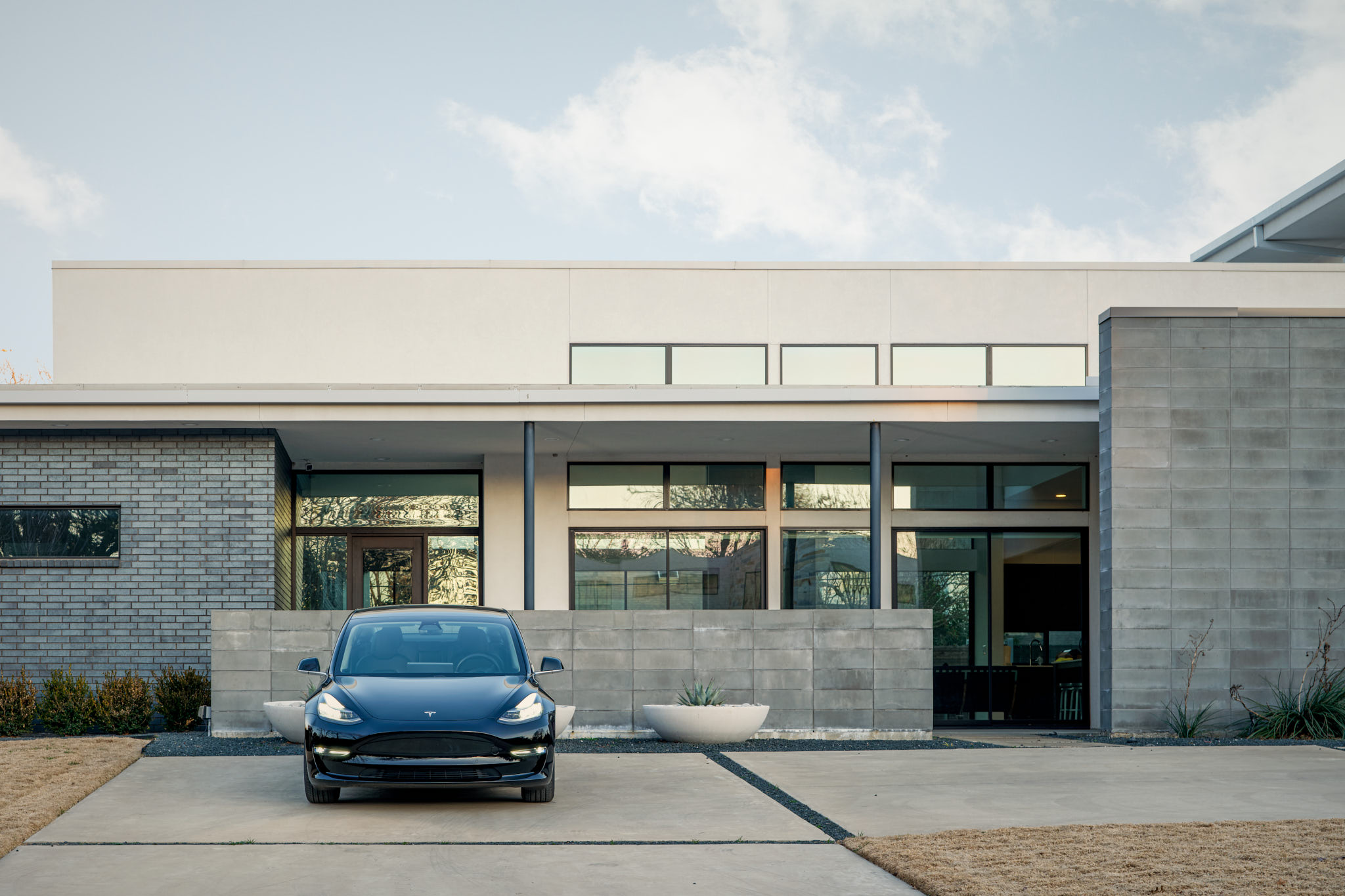
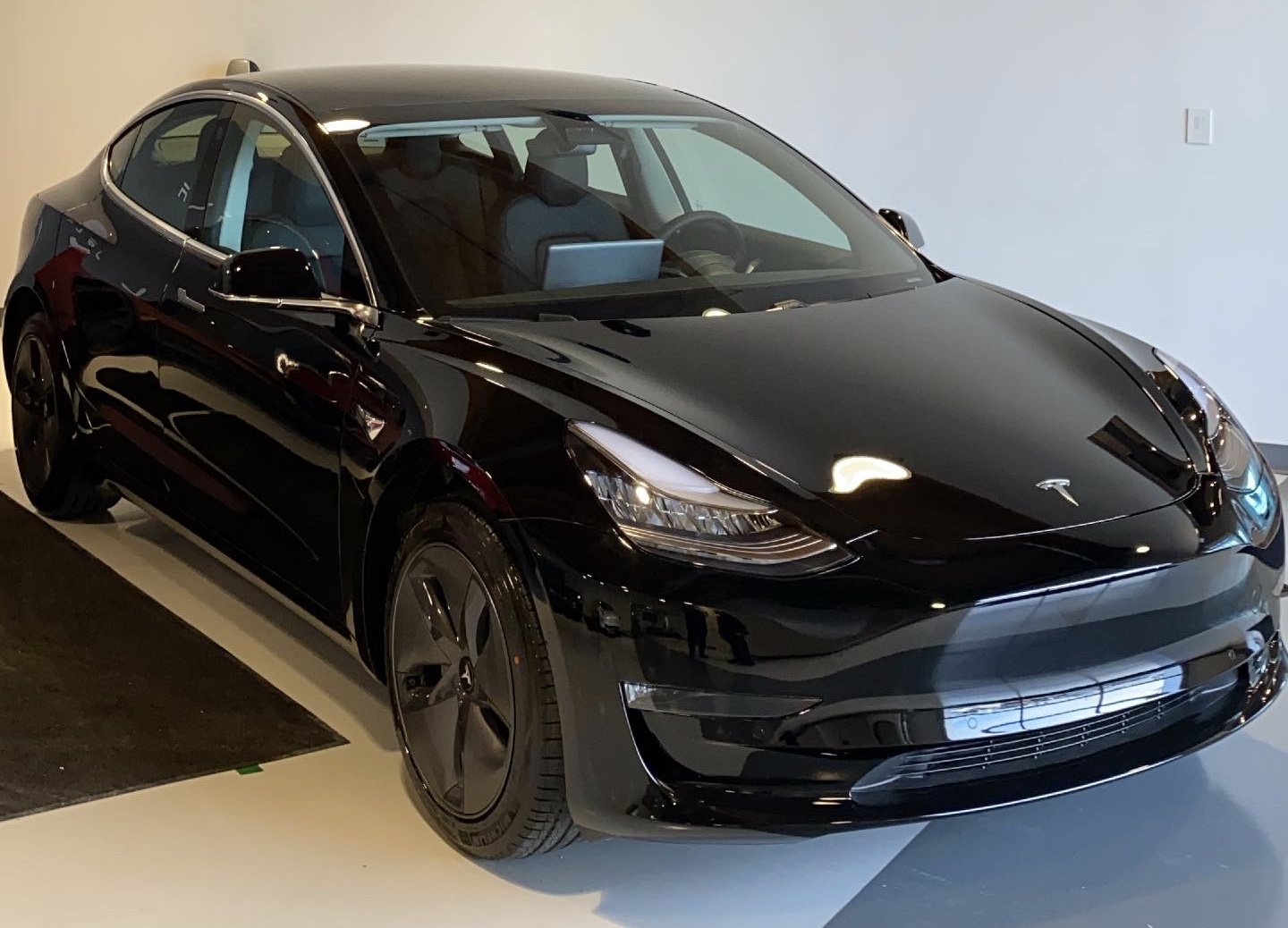
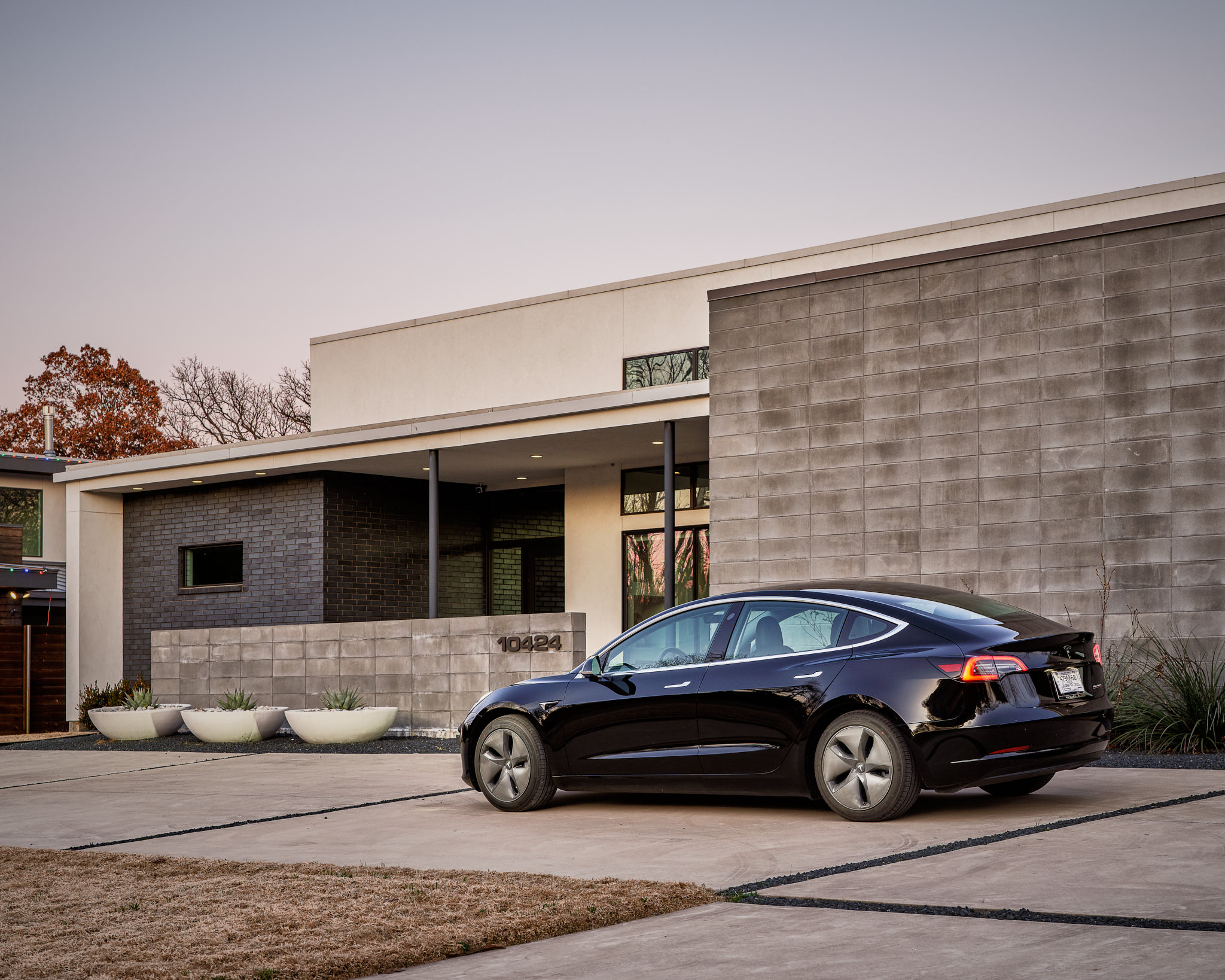


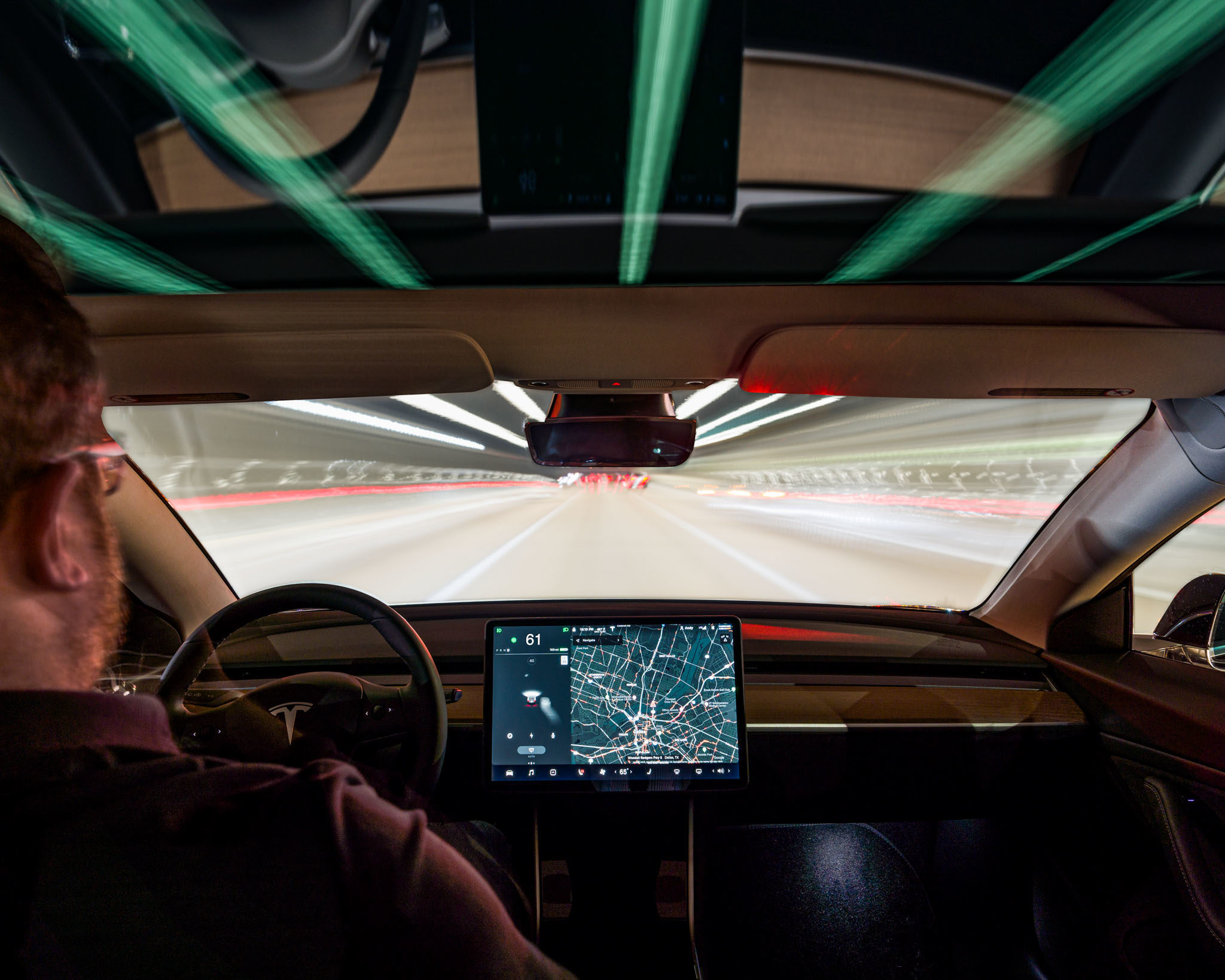

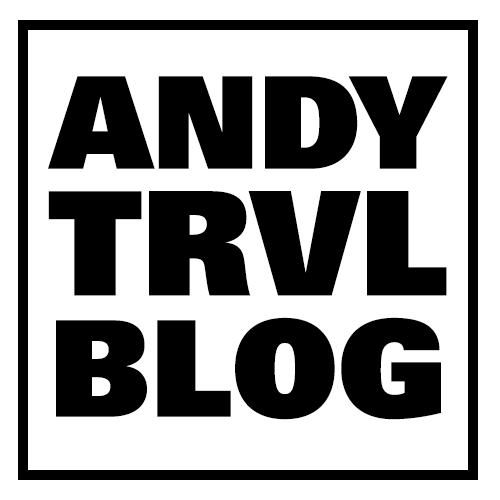

Thanks for the great review!
I work from home outside Austin TX and we mostly use my SUV currently for small trips around town a couple times a week OR long trips within Texas to go camping OR long road trips to places like Florida for the beach, and every time I think about getting a Tesla, I wonder how useful it would be for me. I feel like I would almost need two cars- a road trip/camping car for the longer without stopping part (not having to add two hours to an already 11+ hour drive to Florida for re charging which is what the Tesla calculator figured) and for the better cargo space (no models fit a ton of stuff, even the faux SUV Tesla), and, a Tesla for around town. And maybe thats the answer- get a Tesla for my next car and replace my husbands truck when it dies with something that is safe, can go the distance, and still carry cargo, even if its a truck.
Thanks for the review. Any noticeable battery degradation
How many miles do you have on it? Changing tires in less than 2 years seems unusual
50,000. Because of the vehicle’s weight it tends to chew through tires pretty quickly, everyone was shocked when I got almost 30,000 out of my original factory tires.
Great review Andy! How much has your battery degraded at 50k miles?
Great review. I have an I Pace and generally love the car, but Tesla offers much better range and public charging capacity.
My best friend bought a 2021 Model 3 Performance and riding in the back seat drives me crazy! The back seats almost seem to be theater seating and the low windshield combined with break up to the glass (between the windshield and glass roof) makes me almost get car sick in the backseat. Plus the ride seems super bumpy in the back. Ive never had car sickness with any other car in my life. I’m wondering if the non performance or model y are any better with this issue? Maybe I’m just comparing it to the I Pace too much 🙂
I’ve had my model 3 for 3 years and only 38,000 miles, mainly due to covid. My only real complaint is distance. I’ve lost about 10% of my projected distance and the real distance is much less. I’ve tried to schedule service calls 3 times to have them see what’s wrong and they have cancelled all of them saying they checked remotely and nothing is wrong. Well, I now have an actual range under real conditions in CA, with all our mountains, of about 180+ miles, staying within the 80% range recommended.
I’m curious what tires you went with when replacing them and if you’ve noticed any performance differences – tire wear better/worse, road noise, or impact to your range?